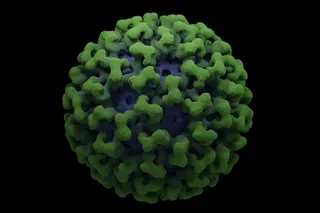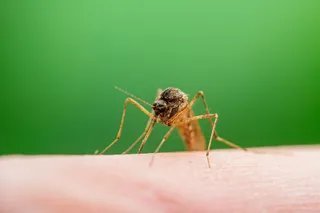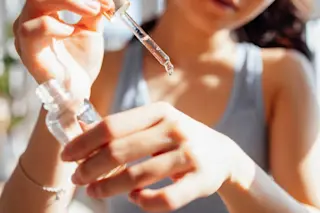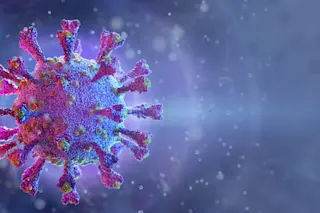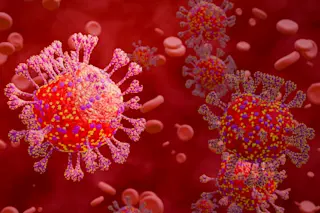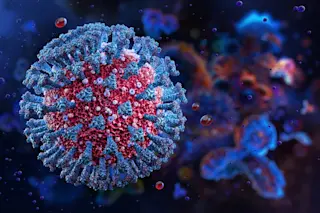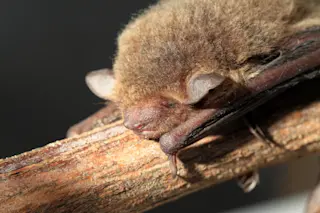Below I note that sex matters when it comes to evolution, specifically in the case of how sexual reproduction forces the bits of the genome to be passed back and forth across sexes. In fact, the origin of sex is arguably the most important evolutionary question after the origin of species, and it remains one of the most active areas of research in evolutionary genetics. More specifically the existence of males, who do not bear offspring themselves but seem to be transient gene carriers is a major conundrum. But that's not the main issue in this post. Let's take the existence of males as a given. How do sex differences play out in evolutionary terms shaping other phenotypes? Consider Bateman's principle:
Bateman's principle is the theory that females almost always invest more energy into producing offspring than males, and therefore in most species females are a limiting resource over which ...


